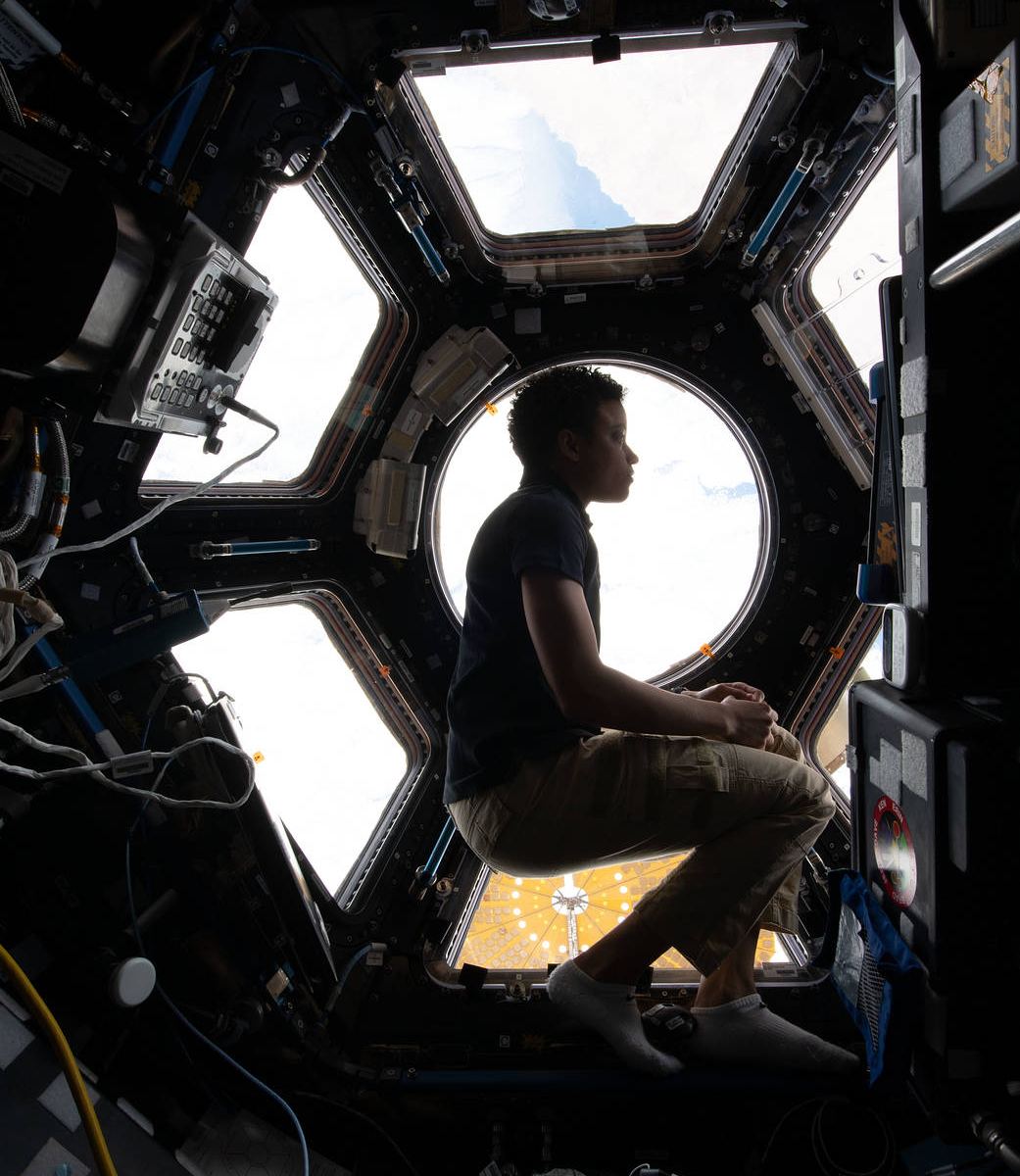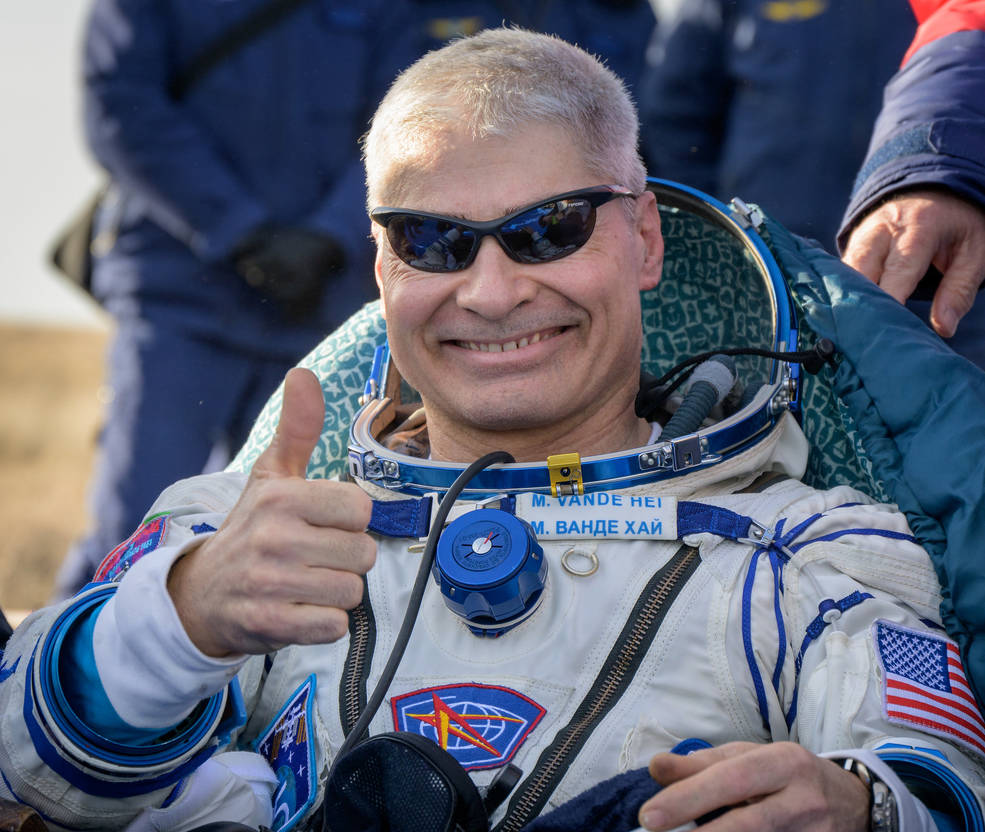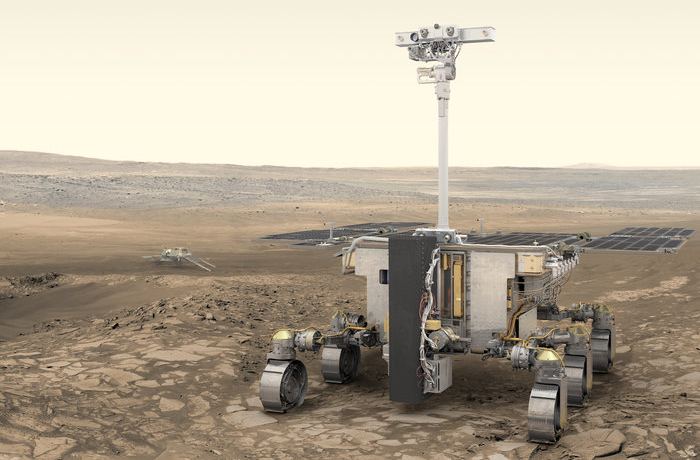The Shenzhou-14 mission, carrying three Chinese astronauts, docked successfully earlier this week with the Tiangong-3 space station. During their six-month mission on board the station, the new crew hopes to continue work on construction of the orbital Chinese outpost, which will be about one-fifth the size of the International Space Station.
Continue reading “Shenzhou-14 Astronauts Begin Their Mission of 6 Months in Space”Shenzhou-14 Astronauts Begin Their Mission of 6 Months in Space










